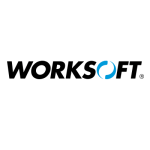I would say the most valuable is that we can get people started off really quickly on solutions because we've been partners with HPE for a long time and it helps us tailor the product to ours needs. When we have issues with something we can get support directly from HPE since we paid for it.
The fact that it works with a vast number of technologies works for us because our internal customers use the tool for testing a lot of different applications. That's probably the best feature that it has for us.


















Jim,
Thank you for the reply and it answered my questions. I worked on a couple of SAP projects several years ago and I remember it is a very high-tech, high-quality Enterprise Solution. I remember having to pad a lot of data with the leading zeroes in the data-table.